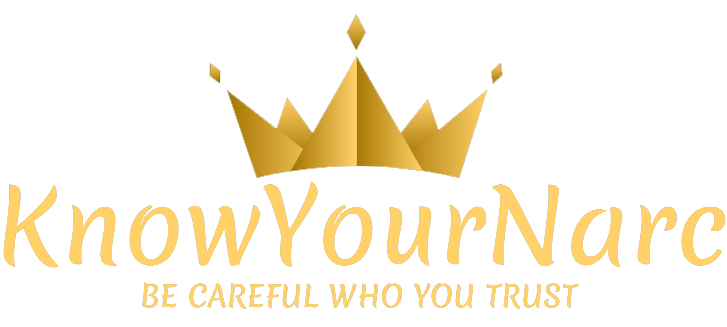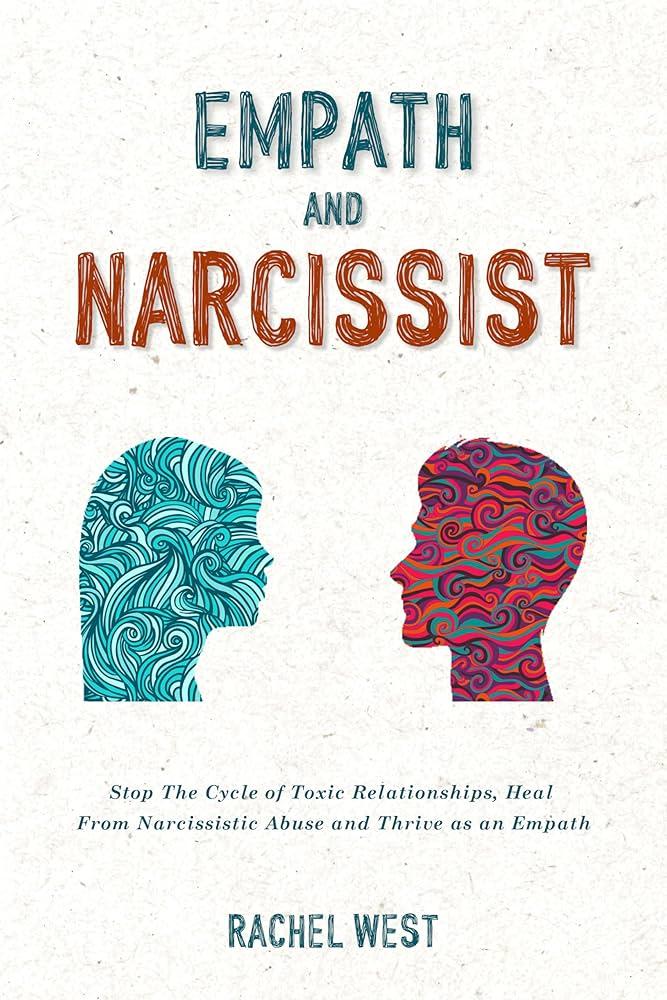Falling for a narcissist once feels like a painful, hard-earned lesson—something you swear you’ll never repeat. But what happens when you find yourself caught in the same whirlwind of charm and chaos, not just once, but twice? In this article, I’m opening up about my personal journey of falling for a narcissist two times and the unexpected lessons that came with it. It’s messy, it’s eye-opening, and it’s a reminder that sometimes, our hearts lead us down the most complicated paths before we finally learn to protect them. If you’ve ever wondered how it’s possible to fall for the same toxic pattern again, this story might just offer some clarity—and maybe even a bit of hope.
Table of Contents
- Recognizing the Subtle Red Flags I Missed the First Time
- How I Reclaimed My Self-Worth After the Heartbreak
- Building Stronger Boundaries to Protect My Future Relationships
- Practical Steps to Heal and Avoid Falling for the Same Pattern Again
- Closing Remarks
Recognizing the Subtle Red Flags I Missed the First Time
Looking back, the subtle red flags that I initially overlooked now seem glaringly obvious. The charming façade was peppered with moments of inconsistency—those tiny cracks that whispered something was off. For instance, incongruent stories that didn’t quite add up, or that faint but persistent feeling of walking on eggshells when sharing my thoughts. These were easily dismissed as quirks or stress, yet they were the early warning signals hidden beneath the surface.
What made these signs even trickier to spot was the expert manipulation of emotions—a calculated dance of gaslighting, false apologies, and grandiose promises that begged for forgiveness. I compiled a mental checklist of behaviors I ignored:
- Subtle blame-shifting during disagreements
- Gradual isolation from friends and family
- Excessive need for admiration coupled with an absence of empathy
- Dismissive reactions to my feelings
Understanding these patterns has been painful but pivotal, guiding me to trust my instincts the next time something feels “off.”
How I Reclaimed My Self-Worth After the Heartbreak
In the aftermath of loving someone who thrived on manipulation, I found my confidence shattered. But piece by piece, I began to rebuild by setting clear boundaries—something I had never learned to do before. I surrounded myself with people who genuinely cared, and I started a daily practice of affirmations, reminding myself that my value was never tied to their approval. It was in those quiet moments of self-reflection that I realized my worth was intrinsic, not contingent on anyone else’s affection or validation.
What truly transformed my healing journey was the conscious decision to embrace self-compassion and celebrate small victories. Here are some powerful steps that helped me reclaim my identity:
- Journaling honestly about my feelings without judgment
- Prioritizing activities that nurtured my passions and talents
- Limiting contact with toxic influences, including social media triggers
- Seeking therapy to unravel deep-seated patterns and gain perspective
- Practicing mindfulness to stay grounded in the present
It wasn’t a linear path, but each step back toward self-love fortified me against future heartbreaks. In learning to love myself first, I reclaimed the power that no narcissist could ever take away.
Building Stronger Boundaries to Protect My Future Relationships
After my painful encounters, I realized that letting my guard down too easily left me vulnerable to manipulation and emotional exhaustion. I began to define clear lines about what was acceptable—no tolerance for gaslighting, no bending over backward to prove my worth, and absolutely no neglect of my own needs. This wasn’t just about saying “no” more often; it was about reshaping my mindset to prioritize my emotional health above all else. Boundaries became my shield, empowering me to sift through red flags without guilt or second-guessing my instincts.
To keep myself accountable, I implemented a few practical habits that helped cement these limits in everyday life. I started journaling my feelings after interactions, which helped me catch subtle warning signs early. I also leaned into conversations with trusted friends when something felt off, allowing external perspectives to reinforce my boundaries. Here’s what I focus on now:
- Consistent self-check-ins to evaluate if I’m feeling safe and respected.
- Clear communication of my limits without apologies or lengthy justifications.
- Immediate action when boundaries are crossed, no matter how small the offense.
- Prioritizing my mental and emotional well-being above fear of loneliness or conflict.
Practical Steps to Heal and Avoid Falling for the Same Pattern Again
After realizing I had fallen prey to the same narcissist twice, I knew I had to take intentional action to protect my heart and mind. One of the most effective steps was establishing clear boundaries — firm lines that I refused to let anyone cross. This meant learning to recognize my own red flags early and not dismissing gut feelings that something felt off. I committed to journaling my experiences to identify patterns, which helped me spot the subtle manipulations and emotional games before they could spiral. It’s empowering when you actively document your journey, turning pain into clarity.
Another crucial practice was building a support network that could hold me accountable and offer perspective when I felt vulnerable. Sharing my story with trusted friends and even therapists created a safe space for honest feedback and genuine encouragement. Alongside that, I adopted mindfulness routines like meditation and deep breathing to ground myself during moments of emotional turmoil. Here are some practical tools that helped me move forward:
- Set & enforce strict communication boundaries with anyone displaying narcissistic traits.
- Keep a personal journal to track feelings, patterns, and triggers.
- Seek professional guidance to unravel complex emotional ties.
- Develop self-awareness through mindfulness and meditation practices.
These steps don’t just build walls; they cultivate self-love and resilience, making sure you never fall victim to the same harmful cycle again.
Closing Remarks
Falling for a narcissist once is a painful lesson, but falling for one twice felt like a story I hoped I’d never rewrite. Through the twists and turns of my experience, I’ve come to realize that healing isn’t linear—and neither is growth. If my story offers anything, it’s this: be kind to yourself, trust your instincts, and never underestimate the power of learning from your past. After all, every heartbreak is a step closer to finding the love and respect you truly deserve. Here’s to reclaiming your story and moving forward—wiser, stronger, and more self-aware than ever before.

